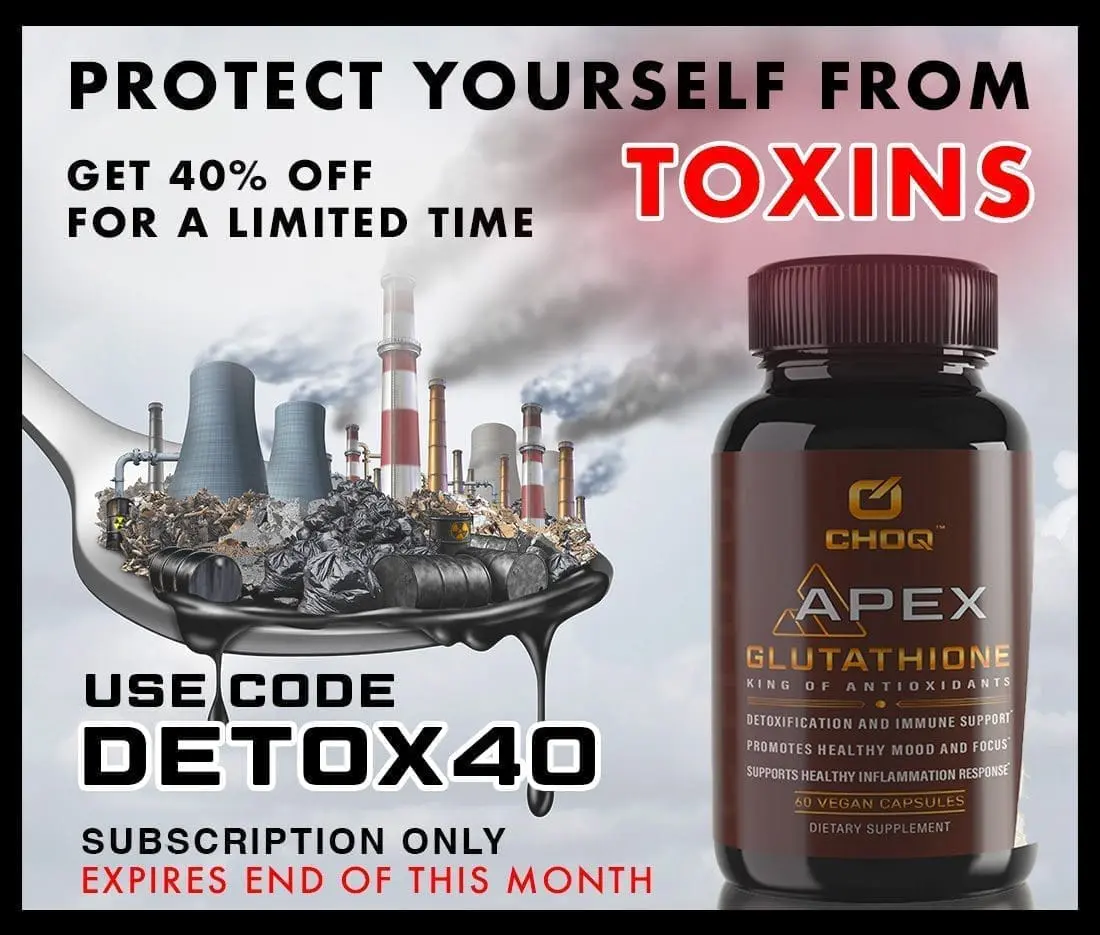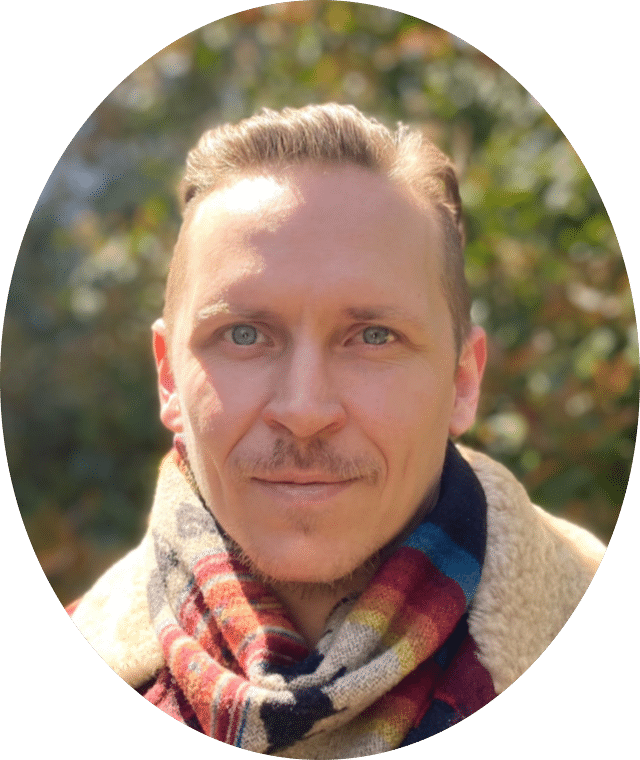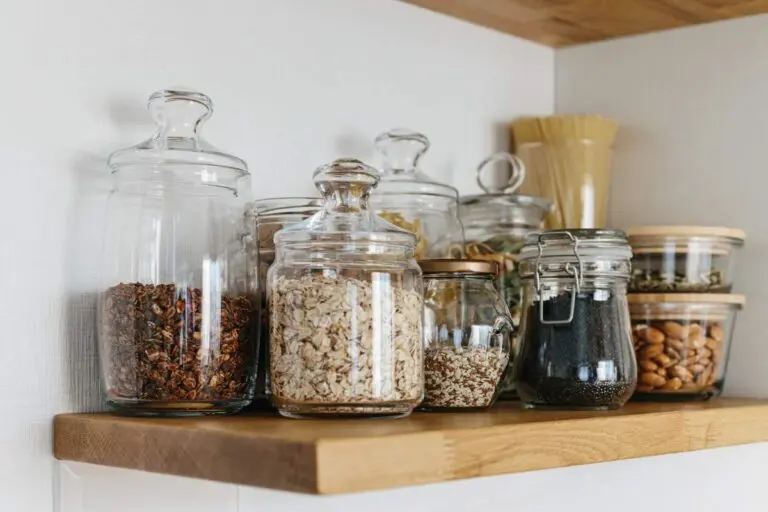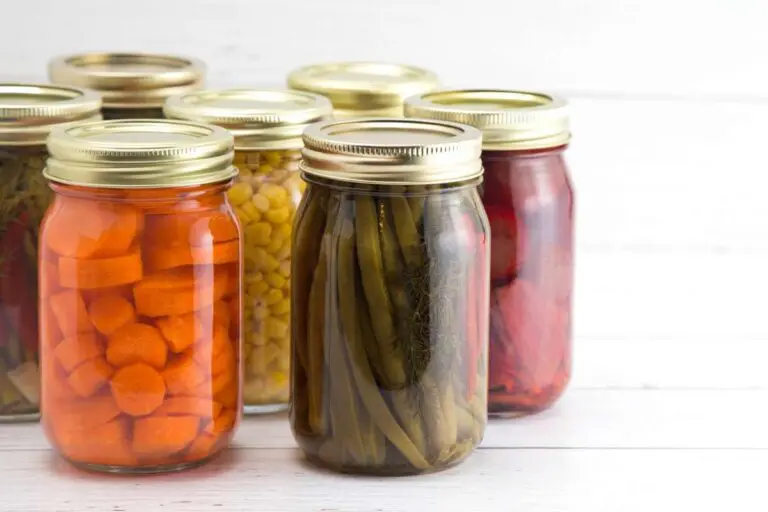Eliminate Toxins via Your Lungs
Your lungs are way more than a medium of gas exchange. It’s mostly unknown that lungs work to eliminate toxins, and perform a primary role in detoxification of your body via the blood and gas exchange.
Your body is composed mostly of protein. In physiology, protein is composed of water and gas, plus some trace elements.
Heavy toxins – mostly fat soluble – are made water soluble by the liver. Some are further broken down in the liver and excreted through bile. The rest is protein that’s broken down into gas and water vapor, then breathed off with your breath. Through your exhalation, you are able to eliminate toxins.
Red blood corpuscles (it’s a corpuscle and not a cell because it contains no DNA) extravasate in the liver. Then, via a process of aggregation, fusion & differentiation (AFD), these red blood corpuscles can morph into a liver cell or Kupffer cell.
Such cells then assist you to detoxify, and they produce clathrate elements such as albumin. Clathrates are little hollow spheres that latch onto toxins and make them water soluble. Finally, you eliminate toxins this way by down-regulation via your immune cells.
Yet, why not simply stop putting toxins in?

Kupffer cells line the passageway of your intestine and also your lungs. Kupffer cells line the kidneys too. These cells assist your body clear away pathogenic mycotoxins and other dysbiotic organisms. Kupffer cell functioning is essential to be able to eliminate toxins.
Your liver breaks down non-water soluble fats, oils, and waxy lipid material. The liver has made these substances more water soluble. This way it can be transported by the blood and eliminated via the bile.
From the bile, the toxins enter into your lymphatic system and intestinal tract. What’s left in the blood as protein is broken down into water and gas. All is ultimately expelled via the lungs, skin, hair, nails, and also via the kidneys and urine.
Your lungs breath off spent gas from protein that has been broken down.
So, protein is made up of water and various gasses, and Kupffer cells assist your body in creating water solubility of fat-soluble material. This occurs in conditions of osmotic pressure being low and inflammation being normal.
Room for your blood to produce albumin is also required. Length of life is directly related with your albumin to globulin ratio. Globulin comes about from your immunity having to manage foreign debris.
Blood is a miracle. A gaseous liquid, a crystalline proteinaceous tissue organ. Albumin is the super-transporter of your blood.
Albumin protein is small – small enough to allow the nutrients that are complexed by albumin to pass through the blood brain barrier. Proteinaceous elements transported via albumin act as a clathrate to all nutrients. This makes everything able to be dissolved into your blood.
Your lungs breathe off spent protein that’s been broken down, as discussed here. So, the liver deals with fat soluble elements. The liver also releases glucose into the blood, which happens at around three am in the morning. Bile flows peaks at around three pm in the afternoon.
The skin, nails, hair, intestinal tract, and kidneys also assist to eliminate toxins. Your kidneys regulate essential nutrients, hence regulating peripheral and internal blood flow. As toxins, and all fat soluble elements, encounter the liver, what was non-water soluble is made soluble.
To this end you require amphiphilic elements as found in certain foods, herbs, and also in sun dried sea salt.
The liver and immune cells, as phagocytic cells, enzymatically neutralize toxins. Pathways to eliminate toxins are enhanced as you have sun dried sea salt.
This is because you also need amphoteric elements that have magnetic poles tucked away. These can then be applied and assembled to assist your body as an acid in the presence of a base, or a base in the presence of an acid. Read more about amphiphillic and amphoteric elements in this article about surfactants.
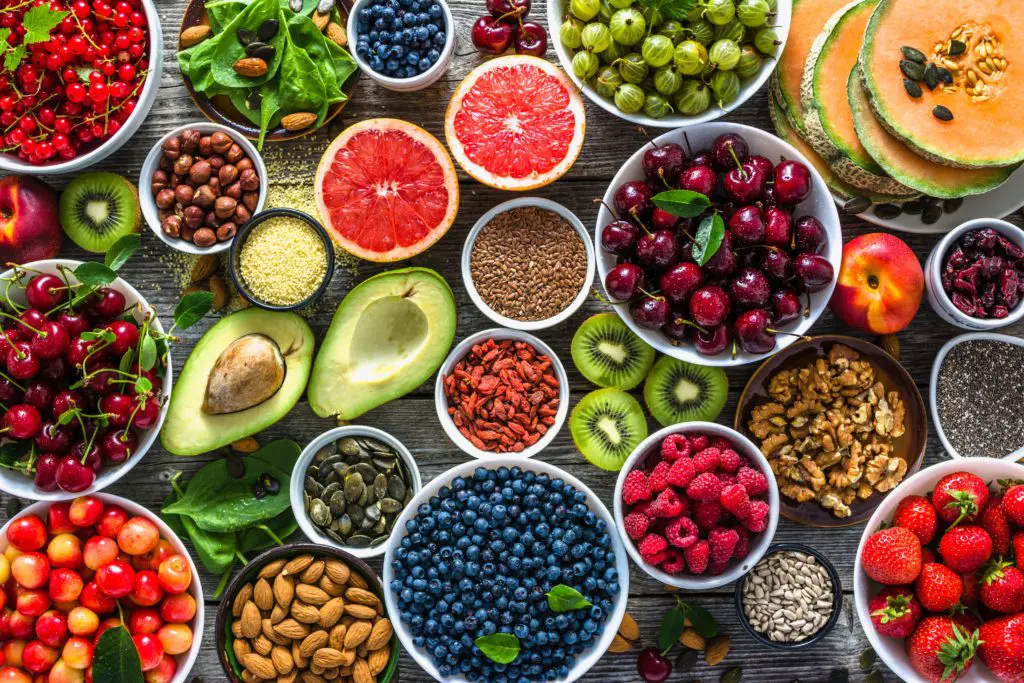
The pathways we mentioned neutralize and eliminate toxins by active intermediates. Then, by more and more enzymatic systems all acting via resonance, all of the free radicals produced by the process is reduced. Powerful antioxidants neutralize such free radicals.
An antioxidant such as glutathione peroxidase is among the most powerful. Superoxide dismutase is another, found in certain adaptogenic mushrooms for example. CHOQ’s Shilajit can assist powerfully in this respect, as do our other formulas.
Sulfur molecules are released by your liver. Providing you have healthy intestinal flora, you’d be creating cysteine, sulfur, and glycine from this. Life as a protein is made up from such building blocks.
Protein is composed of: carbon, hydrogen, oxygen, nitrogen and trace elements. Trace elements include sulfur, calcium, iron, magnesium, and others. Yet all such is breathed off as gas and eliminated by your lungs.
This is a brief overview of the many ways your body works to eliminate toxins.

